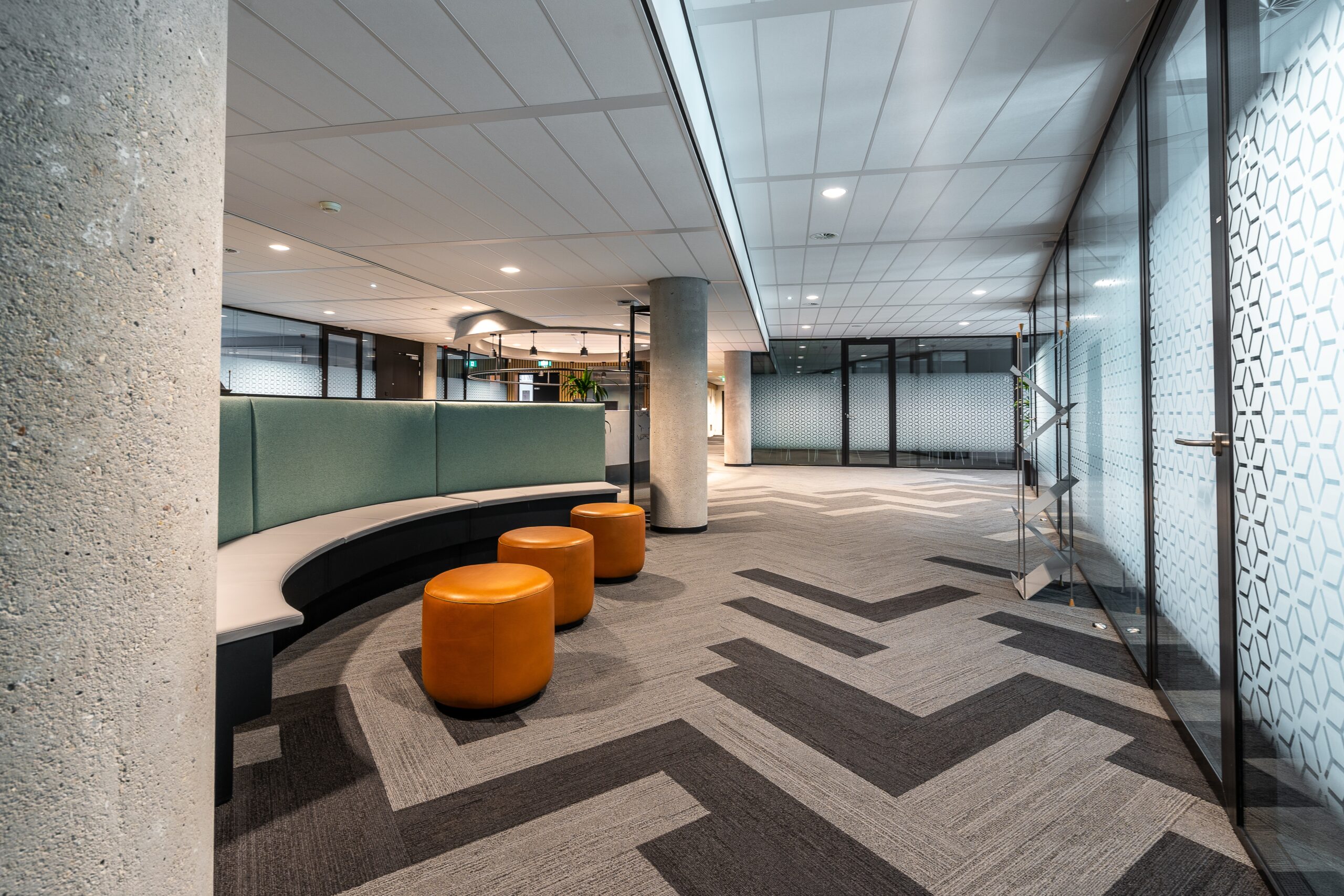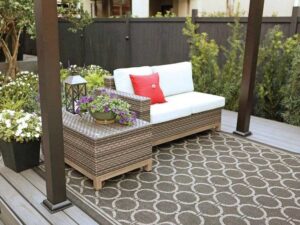When it comes to designing a productive and inviting workspace, office carpets play a crucial role. They contribute to the overall atmosphere, comfort, and functionality of an office environment. In this blog, we will explore the various aspects of office carpets, including their types, benefits, design considerations, and maintenance tips.
Why Choose Office Carpets?
Office carpets are more than just decorative floor coverings; they provide a myriad of benefits that can enhance both employee productivity and the overall aesthetic of the workplace. Here are some key reasons to consider installing carpets in your office:
- Comfort: Carpets provide a soft surface that is easier on the feet, reducing fatigue during long working hours.
- Acoustic Properties: Carpets help absorb sound, creating a quieter work environment and minimizing distractions.
- Safety: Non-slip carpets can reduce the risk of slips and falls, making the office a safer place to work.
- Aesthetic Appeal: With a variety of designs, colors, and textures available, carpets can significantly enhance the visual appeal of any workspace.
Table: Benefits of Office Carpets
| Benefit | Description |
| Comfort | Soft surface reduces foot fatigue |
| Acoustic Properties | Absorbs sound, minimizing distractions |
| Safety | Non-slip options reduce fall risks |
| Aesthetic Appeal | Variety of designs enhances workspace appearance |
Types of Office Carpets
Understanding the different types of office carpets can help you make an informed decision. Here are some common types:
1. Broadloom Carpets
Broadloom carpets are large rolls of carpet that are installed wall-to-wall. They provide a seamless look and can be customized in various colors and patterns.
- Pros: Continuous surface, luxurious feel, good for large areas.
- Cons: More challenging to install and replace, higher cost.
2. Carpet Tiles
Carpet tiles are square pieces of carpet that can be arranged in various patterns. They are ideal for offices that require flexibility.
- Pros: Easy to install and replace, versatile designs, easier maintenance.
- Cons: May not provide the same seamless look as broadloom.
3. Area Rugs
Area rugs are smaller carpets used to define specific spaces within an office, such as seating areas or meeting rooms.
- Pros: Flexible design options, easy to move and replace, adds a decorative touch.
- Cons: May not provide full coverage for the floor.
4. Eco-Friendly Carpets
With the growing awareness of environmental issues, eco-friendly carpets made from sustainable materials are gaining popularity. These carpets are often made from recycled fibers or natural materials.
- Pros: Sustainable and environmentally friendly, can improve indoor air quality.
- Cons: May have a higher initial cost.
Design Considerations
When selecting office carpets, it’s important to consider the design and how it fits within your office’s overall aesthetic. Here are some key factors:
Color
- Neutral Colors: Beige, gray, and taupe can create a calming environment and match various decor styles.
- Bold Colors: Bright colors can energize a workspace but should be used sparingly to avoid overwhelming the space.
Pattern
- Geometric Patterns: Offer a modern touch and can help define areas within an open office layout.
- Solid Colors: Provide a classic look and can make a space feel larger.
Texture
- Low Pile: Easier to clean and maintain, suitable for high-traffic areas.
- High Pile: Softer and more luxurious but may trap dirt and require more maintenance.
Bulleted List: Design Tips
- Choose colors that align with your brand identity.
- Consider using patterns to break up large areas.
- Balance comfort with functionality, especially in high-traffic zones.
- Incorporate rugs to add warmth and texture to meeting areas.
Maintenance of Office Carpets
Proper maintenance is essential to prolong the life of office carpets. Here are some tips to keep your carpets looking their best:
Regular Cleaning
- Vacuum: Regular vacuuming removes dirt and dust, helping to maintain the carpet’s appearance.
- Spot Clean: Address spills and stains immediately to prevent permanent damage.
Professional Cleaning
- Schedule professional carpet cleaning at least once a year to deep clean and refresh the carpets.
Preventative Measures
- Use mats at entryways to reduce the amount of dirt tracked onto carpets.
- Rotate furniture periodically to prevent uneven wear.
Maintenance Checklist
| Task | Frequency |
| Vacuum | Weekly |
| Spot Clean | As needed |
| Professional Cleaning | Annually |
| Rotate Furniture | Every 6 months |
Conclusion
Office carpets are a vital component of any workspace, providing comfort, safety, and aesthetic appeal. By choosing the right type of carpet and maintaining it properly, you can create an inviting environment that enhances productivity and employee satisfaction.
Whether you opt for broadloom carpets, carpet tiles, or eco-friendly options, understanding the various benefits and design considerations will help you make the best choice for your office. As you invest in your workspace, remember that a well-chosen carpet can transform not only the look of your office but also the overall experience of those who work within it.


